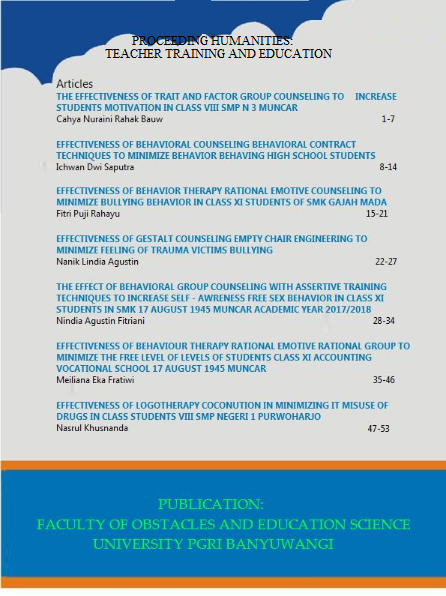The Origin And Development Of Pecel Pitik Traditional Food In The Period 1990-2020
Keywords:
makanan, makanan tradisional, tradisional, pecel pitikAbstract
Banyuwangi Regency, Six years ago was just a small regency in a corner of East Java. The image that was attached used to be an area to find shamans, in addition to the place of crossing to Bali. Now the bad image has faded and the name Banyuwangi is increasingly famous for its stunning tourist and cultural destinations, for example, Ijen Crater and Red Island Beach which are the prima donnas of natural tourism, not only its natural potential but also its cultural potential as well as the Osing tribe which has a variety of customs and cultures. According to A. Yoeti in his book "Introduction to the Science of Tourism" in 1985 stated that tourist attraction or "tourist attraction", a term that is more often used, namely everything that is an attraction for people to visit a certain area.3 The population of Banyuwangi is quite diverse. The majority are Osing Tribes, but there are Madurese tribes (Muncar, Wongsorejo, Kalipuro, Glenmore and Kalibaru districts) and Javanese tribes which are quite significant, and there are minorities of Balinese tribes, Mandar tribes, and Bugis tribes. ( Moh. Syaiful, Ampri Bayu S. 2015)
The Osing tribe is a native population in Banyuwangi regency and is considered a sub-tribe of the Javanese tribe. They use Osing which is known as one of the oldest varieties of Javanese. Osing Many people inhabit in Glagah, Licin, Songgon, Kabat, Rogojampi, Giri, Kalipuro, Kota districts as well as a small part in other districts. Most of the Osing people in Banyuwangi today live in 9 sub-districts out of 24 sub-districts in Banyuwangi.

